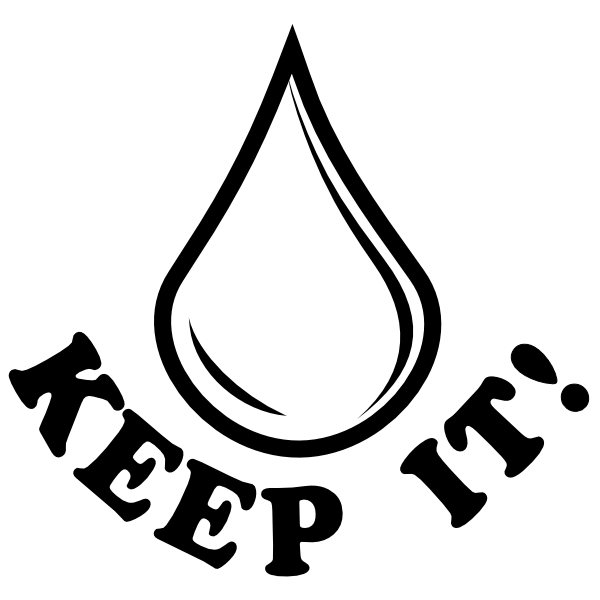December 2023
Acne Medications
There are multiple medication classes used for acne. Acne treatment often includes a combination of topical and oral medications. Most medication classes used to treat acne are not an absolute indication to pump and dump. Special considerations are noted below regarding specific medications including topical sodium sulfacetamide, isotretinoin (Accutane), Bactrim, and Dapsone.
For more detailed information and references on specific medications, please refer to LactMed, e-lactancia, Infant Risk, or Mother to Baby.
Topical Medications
Commonly used topical products for acne include:
- Retinoids (tretinoin/Retin-A, adapalene, tazarotene, trifarotene)
- Antimicrobials (Azelaic acid, benzoyl peroxide, salicylic acid, sodium sulfacetamide)
- Antibiotics (clindamycin, erythromycin, minocycline, dapsone metronidazole)
- Comedolytic substances (salicylic acid, azelaic acid)
- Topical androgen inhibitors (clascoterone)
There will likely be minimal amounts that are absorbed and transferred to breast milk with these topical medications. General principles do apply, which include avoiding direct application to the nipple and attempt to avoid direct contact of the infant’s skin with maternal skin that has been treated. If products need to be used on the nipple, an attempt should be made to use water-miscible cream or gel products.
Topical sodium sulfacetamide and dapsone use should be avoided while breastfeeding a G6PD-deficient infant. Caution is also recommended for parental use while feeding preterm infants or newborns with hyperbilirubinemia. The maternal blood level for topical dapsone gel is 1% that of a 100mg oral dose, and alternative should be considered. See below for information on oral dapsone.
While data is limited on many of these medications and the general principals noted above should be followed, there is no absolute indication to pump and dump with topical medications used for acne. For more information on petroleum-based products, see the section on Petroleum products in Topical Medications.1–3
Oral Medications
Isotretinoin (Accutane)
No information is known about isotretinoin/Accutane in breastfeeding. However, this medication is known to be highly lipophilic and therefore would likely be found in high concentrations in breastmilk. Therefore, it is best to avoid this medication during lactation and an alternative acne medication should be considered.1
Antibiotics
Antibiotics are commonly used in the management of acne, including tetracyclines (such as doxycycline or minocycline), macrolides, trimethoprim-sulfamethoxazole, cephalosporins, penicillins, and dapsone. While infants should be monitored for side effects as noted below, there is no absolute indication to pump and dump with most of the antibiotics used for acne. It is reasonable to monitor the infants of lactating individuals who are taking antibiotics for gastrointestinal side effects such as diarrhea, thrush, diaper rash, or blood in the stool. For more information on antibiotics in the breastfeeding dyad, please see the section on Antibacterial Agents.
- Tetracyclines: These medications generally have a low concentration in the breastmilk and infant absorption is inhibited by the calcium that is contained in the breast milk. There is a theoretical concern for dental enamel staining and bone deposition with longer courses or repeated exposures1, but there is no absolute indication to pump and dump with short courses (<21 days).
- Trimethoprim-sulfamethoxazole: Due to the sulfamethoxazole component, this medication should be avoided while breastfeeding a G6PD-deficient infant. Otherwise, there is no an absolute indication to pump and dump.1
- Dapsone: Limited data is available on this medication. It appears to readily enter breast milk. Hemolytic anemia may occur with the use of this medication, especially in newborns (full or preterm) and in those with glucose-6-phosphate dehydrogenase (G6PD) deficiency. Therefore, systemic Dapsone should be used with caution in lactating parents with shared decision making and close monitoring of the infant for signs of hemolytic anemia and an alternative agent should be considered.1
Oral Contraceptives
Hormonal contraception during lactation has the risk of decreasing milk production depending on the formulation and when it is administered. While there is a risk to milk production, there is no absolute indication to pump and dump. For more information on contraceptives in the breastfeeding dyad, please see the section on Contraceptives.
Oral Antiandrogen (Spironolactone)
There is no absolute indication to pump and dump with the use of spironolactone.1 For more information on spironolactone, please see the article on Blood Pressure Medications.
Steroids (Oral or Intralesional)
There is no absolute indication to pump and dump with the use of steroids, please see the section on Steroids.
Light and Laser Therapy
There is no absolute indication to pump and dump with the use of light and laser therapy for acne.4
References
(1) Butler, D. C.; Heller, M. M.; Murase, J. E. Safety of Dermatologic Medications in Pregnancy and Lactation: Part II. Lactation. J Am Acad Dermatol 2014, 70 (3), 417.e1-10; quiz 427. https://doi.org/10.1016/j.jaad.2013.09.009.
(2) Noti, A.; Grob, K.; Biedermann, M.; Deiss, U.; Brüschweiler, B. J. Exposure of Babies to C15-C45 Mineral Paraffins from Human Milk and Breast Salves. Regul Toxicol Pharmacol 2003, 38 (3), 317–325. https://doi.org/10.1016/s0273-2300(03)00098-9.
(3) Mineral Oils: Untreated and Mildly Treated – Cancer-Causing Substances – NCI. https://www.cancer.gov/about-cancer/causes-prevention/risk/substances/mineral-oils (accessed 2023-09-25).
(4) Trivedi, M. K.; Kroumpouzos, G.; Murase, J. E. A Review of the Safety of Cosmetic Procedures during Pregnancy and Lactation. Int J Womens Dermatol 2017, 3 (1), 6–10. https://doi.org/10.1016/j.ijwd.2017.01.005.
(5) Leachman, S. A.; Reed, B. R. The Use of Dermatologic Drugs in Pregnancy and Lactation. Dermatol Clin 2006, 24 (2), 167–197, vi. https://doi.org/10.1016/j.det.2006.01.001.
(6) Zip, C. Common Sense Dermatological Drug Suggestions for Women Who Are Breast-Feeding. Skin Therapy Lett 2002, 7 (3), 5–7.
(7) Ly, S.; Kamal, K.; Manjaly, P.; Barbieri, J. S.; Mostaghimi, A. Treatment of Acne Vulgaris During Pregnancy and Lactation: A Narrative Review. Dermatol Ther (Heidelb) 2023, 13 (1), 115–130. https://doi.org/10.1007/s13555-022-00854-3.

